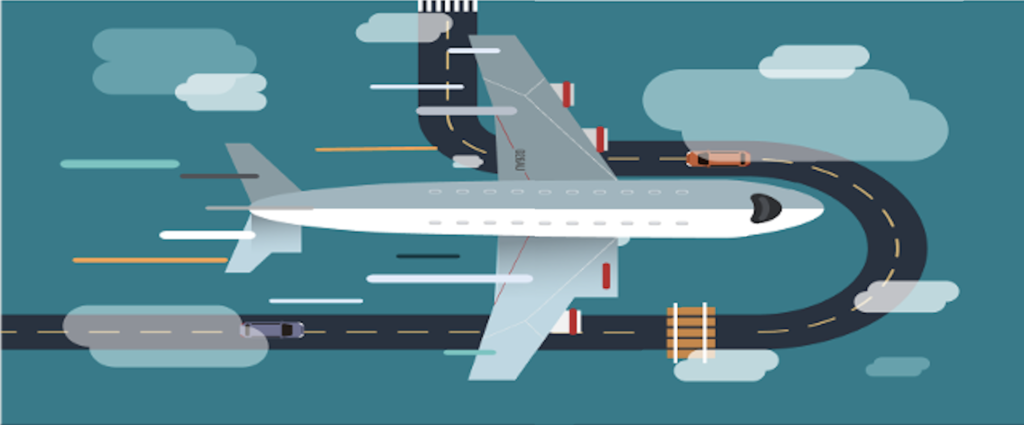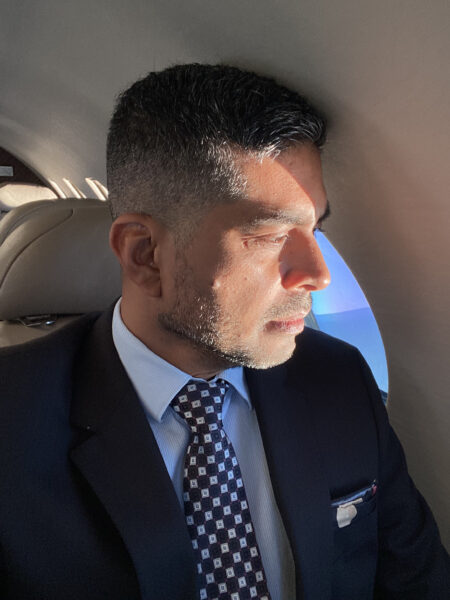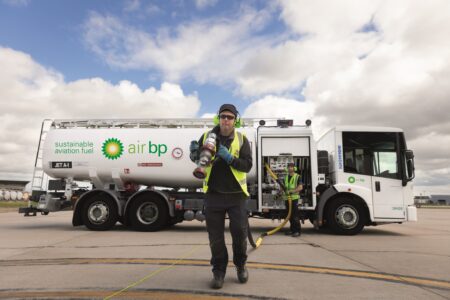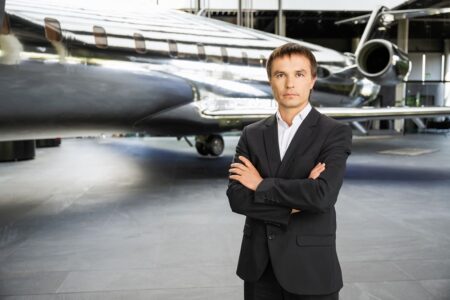By Vinod Bijlani, AI & IoT Practice lead, Hewlett Packard Enterprises & Pam Nesbitt, Global Healthcare lead, Microsoft
Technology is a double-edged sword. The same transportation technologies that improved travel efficiency and brought the world closer, have ironically facilitated the record-breaking spread of Covid-19 and in a way, driven people apart.
In this modern day, it is easy for a person to traverse multiple continents within 24 hours, mixing with many people along the way during journeys. In hindsight, it is evident that disease prevention and pandemic management technologies were not developed with a consideration of the potential impacts that enclosed, heavily populated and constrained transportation vehicles might facilitate the communication of disease. We are in fact, still figuring this out. Traditionally, health science advocates and policy makers have rarely had a voice in the mass transportation field. Hence, it is difficult to address this as quickly as we wish we could.
The call to take a holistic view of transportation systems the world over and better account for traveler health has never been so urgent. Airports are the key components of long-haul transportation systems and global connectivity an enclosed space with high contact rates and innumerable hand-touch surfaces, where strangers from the world over cross paths, and where the transmission of viruses, novel or not, is a serious potential. Airports and aircraft have far too many spots that can be classified ‘high-transmission’ by their sheer nature.
Owing to the pandemic, air travel while still risky is necessary, with international travel being key to help global businesses survive. Recognizing this need, the aviation industry worldwide has had to rise to the occasion to win back travelers’ trust with safeguards that can be considered the way of the future. In our view, AI, IoT and robotics, woven together by mobile apps, will not only help reshape airports for better public health but also improve security and passenger experience.
Touch-less fever detection
Touch-less fever detection and mask detection technology will become one of the key safety measures at all entry points. Combining thermal imaging with video analytics and AI techniques provides a robust system to identify individuals, their body temperature and whether they are wearing masks.
Skin temperature as measured by thermal cameras is not always an accurate indicator of body temperature. As an example, the skin temperature of passengers alighting from air-conditioned cars is lower than their actual body temperature. Immediate temperature screening would result in inaccurate readings that may fail to identify a fever. To enhance fever detection, facial and skin temperature data is sent to AI models which track temperature information and any anomaly with historical data is flagged.
While thermal scanners may not be the ultimate defense, the screening is a basic step toward safety. Researchers are working on breathalyzer test which can detect Covid-19 and other viruses. This has a potential of becoming the game changer. Breathonix Pte, a spin-off company from the National University of Singapore, has developed an easy-to-use breath test to detect Covid-19 within a minute.
We believe that the airports of the future which are undergoing transformation for infection containment should consider the change from a customer experience perspective and how the infection containment technologies can work towards total passenger management, enable personalization and empower operational efficiency for years to come.
The goal of airports has to be providing passengers an all-encompassing safe and user-friendly experience, with touchless and frictionless travel, and higher passenger capacity reducing carbon emissions. With this goal in mind, they should utilize AI and IoT technologies to make the journey even more enjoyable, pain-free, and more importantly, seamless and sustainable.
The aviation industry has been among the hardest hit through the Covid-19 outbreak. And though touchless travel has been around for a while, pandemic-specifics still need maturing. Getting old airport systems under the IoT umbrella can take time, just as any new technology can be complex to introduce. Clearly newer and more intuitive solutions are needed. Human errors would reduce significantly, and security breaches reduced. It could be a safety fuse that we are looking for to contain pandemics.
Vinod Bijlani leads the AI and IoT Practice for HPE. He is primarily a technologist who is passionate about creating, finding machine learning and AI solutions which will move humanity and the environment forward. He has over 22 years of experience and is a distinguished inventor with 25 patents in AI and ML technologies. He envisions a radically safer, healthier and more sustainable planet with the democratization of AI, Industry 5.0 and 5G technologies.
Pam Nesbitt is Global Healthcare lead for commercial software engineering at Microsoft where she and her team catalyze digital transformation in the healthcare space, allowing clients to do more with less. Nesbitt has filed over 250 patent applications with the USPTO, is a Master Inventor and was IP lead for her division. She has received a number of internal and external awards for her work, has presented at dozens of international conferences, and has published in a number of peer-reviewed journals. She holds a B.S. in Neurobiology from Cornell University and a M.S. in Computer Science from Cleveland State University.





